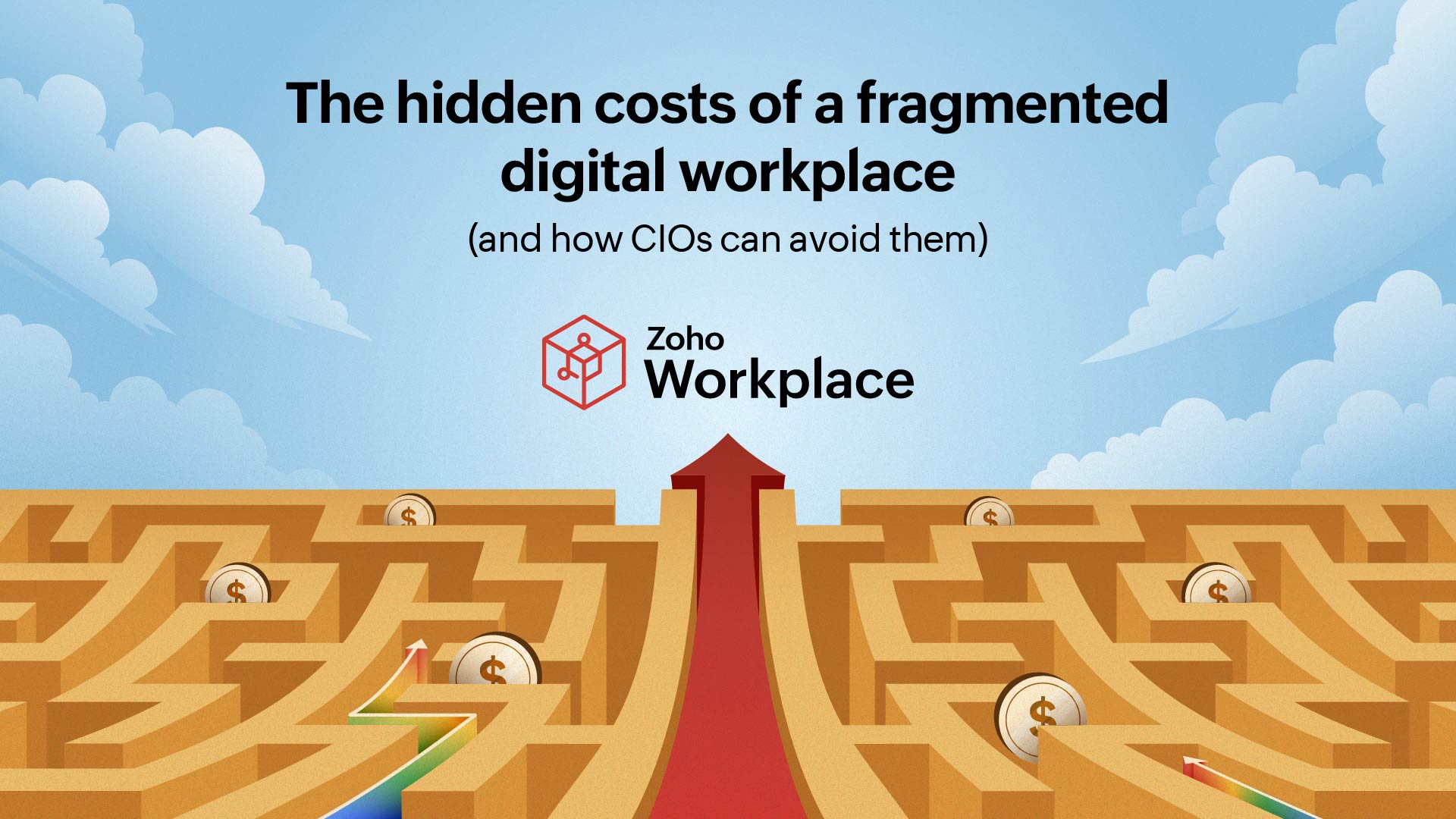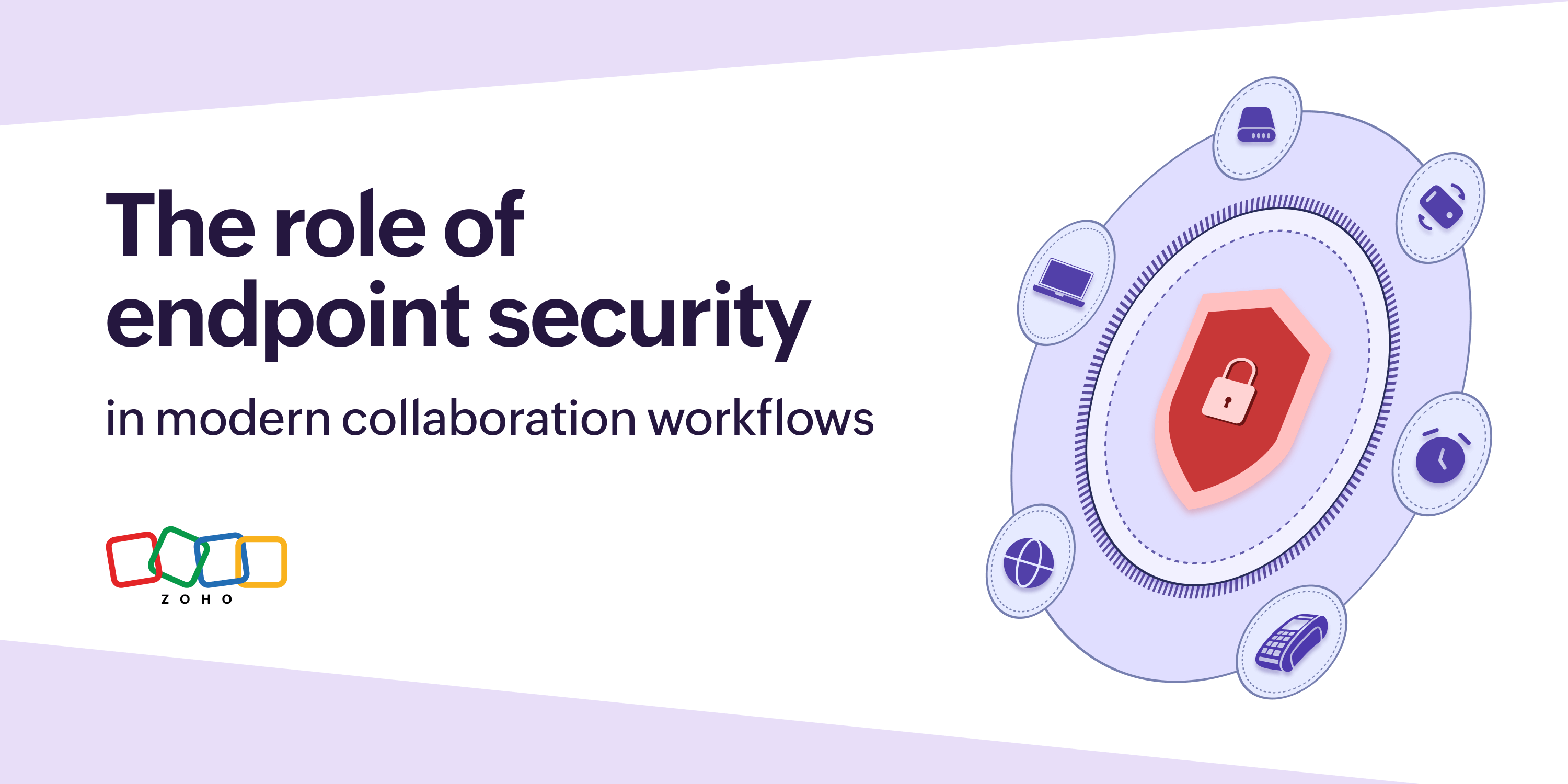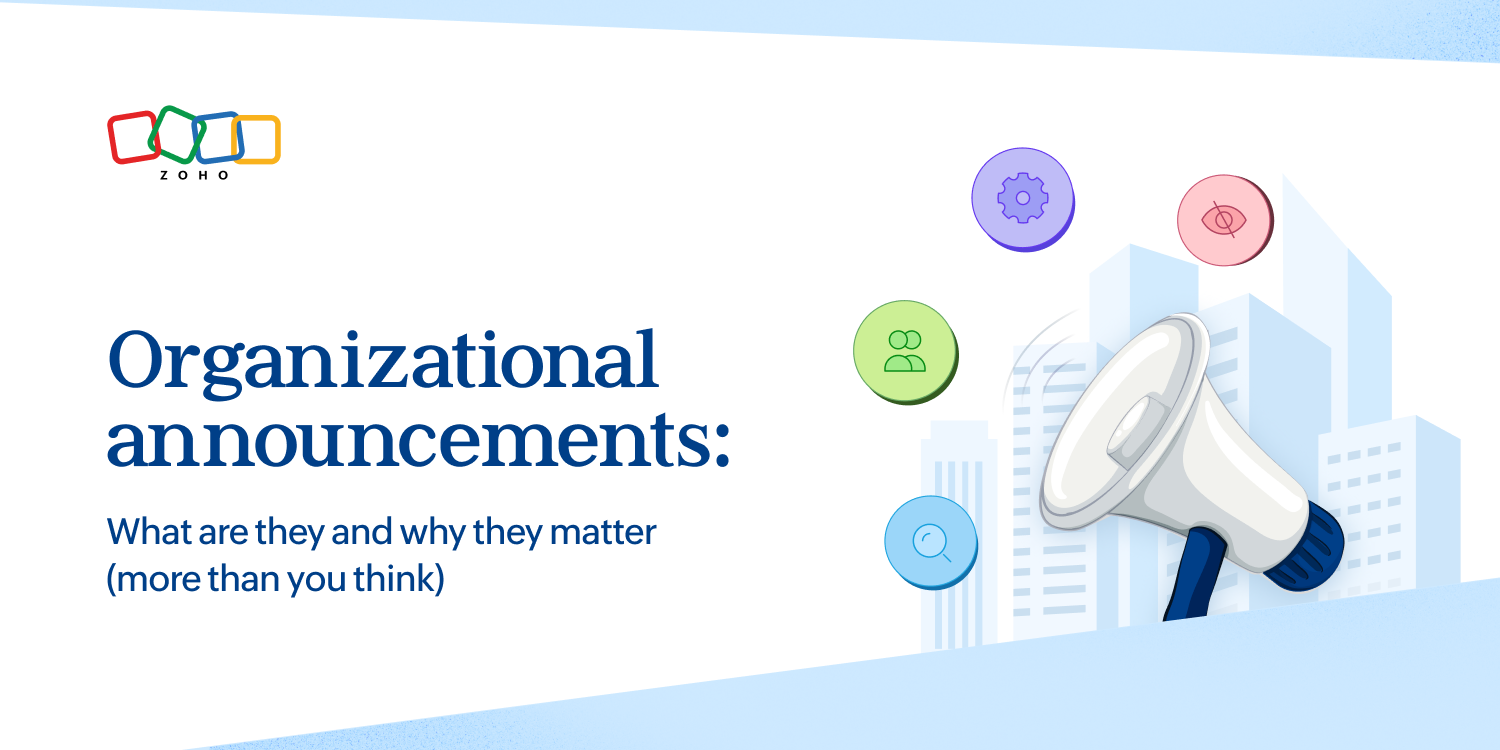- HOME
- All Products
- Collaboration
- The hidden costs of a fragmented digital workplace (and how CIOs can avoid them)
The hidden costs of a fragmented digital workplace (and how CIOs can avoid them)
- Published : October 21, 2025
- Last Updated : October 31, 2025
- 171 Views
- 5 Min Read
It’s easy to mistake more apps for more productivity. Every team has its favorite tool, and vendors push integrations as if stitching platforms together magically creates harmony. But under the surface, a patchwork of disconnected systems silently taxes organizations.
Workers lose hours chasing information across silos, security gaps widen, and your team-building costs balloon without any clear ROI. CIOs don’t always see the true price of fragmentation until projects stall, compliance audits loom, or employee engagement tanks.
The digital workplace is supposed to be an engine of efficiency, but when it’s fractured, it quietly bleeds value.

Productivity drag from constant context switching
Ask any knowledge worker what slows them down, and you’ll rarely hear “lack of apps.” Instead, they’ll tell you about juggling too many. Fragmentation forces employees to live in multiple tabs, log into half a dozen platforms, and recreate context each time they switch.
That constant shuffling isn’t just irritating—it’s cognitively expensive. Studies suggest task switching can drain up to 40% of productive time. Multiply that by hundreds or thousands of employees, and the cost is staggering.
CIOs often underestimate this drag because it doesn’t show up as a clean line item. You won’t find “lost focus” on a budget sheet, but you will see project delays, missed deadlines, and creeping burnout. What looks like individual inefficiency is systemic design failure.
Teams work harder to overcome fragmentation instead of benefiting from digital leverage. This isn’t about removing tools altogether; it’s about recognizing that tools without cohesion create more friction than they solve. Productivity gains require orchestration, not accumulation.
Shadow IT and the hidden security bill
When official systems feel clunky or disjointed, employees improvise. They download unsanctioned apps, share sensitive data through personal accounts, or spin up rogue workflows outside IT’s visibility. That shadow IT might solve a short-term problem, but it creates long-term vulnerabilities. Fragmentation fuels it by leaving gaps users feel compelled to fill.
The cost of these workarounds doesn’t stop at software licenses. Each shadow app represents an unmonitored entry point for data leaks, compliance violations, or even full-scale breaches.
And every breach carries financial, reputational, and legal consequences. CIOs can’t afford to treat shadow IT as a minor nuisance—it’s a symptom of systemic fragmentation. The harder it is for employees to collaborate within official channels, the more likely they are to stray.
Consolidation reduces this temptation. When employees find the tools they need in a coherent ecosystem, the incentive to go rogue shrinks. CIOs strengthen security posture not through stricter policing, but through reducing the friction that drives risky behavior. A unified digital workplace is as much a security strategy as it is a productivity one.
Integration costs that never end
Vendors love to advertise their APIs and prebuilt connectors, promising plug-and-play collaboration. The reality is closer to plug-and-pray. Integrations often work well in demos but buckle under the complexity of real workflows. They need constant monitoring, patching, and troubleshooting—costs that rarely appear in ROI calculators.
CIOs frequently underestimate how much integration maintenance eats into IT budgets. Each connection creates dependencies: When one app updates, others break. Every upgrade spawns a ripple of fixes. Over time, this spiderweb of integrations becomes a brittle liability rather than an asset. Fragmentation disguises itself as flexibility, but in practice, it chains IT teams to endless upkeep. And that’s without even getting started on customized software and its finicky nature.
A platform approach, where core functions live natively within a unified environment, avoids this treadmill. Instead of gluing disparate apps together, CIOs can design for cohesion from the ground up. The upfront investment pays off in stability and scalability, freeing IT teams from integration whack-a-mole and allowing them to focus on higher-value innovation.
Cultural fractures and collaboration breakdowns
Technology also shapes culture. And if you do it incorrectly, chaos ensues because, after all, fragmented systems breed fragmented teams. Sales lives on one platform, marketing on another, and HR somewhere else. Collaboration becomes transactional rather than fluid, with each group speaking its own digital dialect. Over time, these divides calcify, reinforcing silos rather than breaking them down.
The hidden cost here is cultural: Trust erodes when teams can’t see or understand each other’s workflows. Miscommunication increases, duplication creeps in, and collective problem-solving fades. For CIOs, this is harder to quantify than licensing fees, but its impact is arguably greater. Companies with fractured collaboration waste opportunities for innovation and struggle to align around shared goals.
Unification isn’t just about tools—it’s about visibility. When systems share data seamlessly, teams develop shared context. Transparency breeds alignment, and alignment accelerates execution. CIOs who invest in cohesive platforms aren’t just reducing friction; they’re rewiring how their organizations think and work together.
Employee morale and the retention equation
A fragmented digital workplace doesn’t just sap productivity—it wears people down. Employees stuck in tool chaos feel like they’re working against the system rather than with it. That frustration builds into disengagement, which quietly drives up turnover. Replacing talent is expensive, not just in recruitment costs but in lost institutional knowledge and ramp-up time for new hires.
CIOs often focus on technology ROI in terms of speed and efficiency, but the human factor is just as critical. Digital friction affects morale as much as workflow. A seamless workplace signals that leadership values employees’ time and focus. A fractured one signals indifference.
Retention, like security, is a hidden cost center tied to fragmentation. Every resignation sparked by digital frustration is a line item that never makes the budget but always hits the balance sheet. The fix isn’t another standalone app—it’s an ecosystem that works with employees rather than against them. When digital tools empower rather than exhaust, morale rises, and retention strengthens.
How CIOs can turn fragmentation into cohesion
Avoiding the hidden costs of fragmentation isn’t about stripping tools away. I would say it’s more about redesigning the digital workplace so that people feel comfortable. Sure, I’m as skeptical of changes as anyone else, but here are some factors I'd look into.
Pinpoint the culprit
CIOs should start by mapping where friction lives: Where do employees duplicate effort, chase context, or abandon official systems? These hotspots reveal where consolidation delivers the greatest impact. It may require talking to people or sifting through data, but it’s a one-time task that will yield returns years into the future.
Pay attention to cohesion
Likewise, CIOs can evaluate platforms that prioritize native integration and scalability over a patchwork of connectors. Cohesive environments reduce maintenance costs, tighten security, and create cultural alignment. Leadership must communicate the “why” behind unification, showing employees how streamlined tools directly improve their day-to-day experience.
Make everyone listen to everyone else
It sounds silly and self-explanatory, but it’s a piece of advice I took to heart at the beginning of my career, and it’s never failed me. It’s one thing to say “Mark wants to use Make instead of Zapier” but listening to Mark presenting the advantages and how it impacts him is another thing. And once everyone gets the big picture, reducing fragmentation will be a piece of cake.
Conclusion
Fragmentation doesn’t announce itself with alarms. It creeps in, masked as choice and flexibility, until it quietly erodes productivity, security, culture, and morale. The hidden costs pile up—lost hours, breached data, frayed teams, burned-out employees.
CIOs who recognize this pattern early can pivot, investing not in more tools but in better cohesion. A unified digital workplace isn’t just cleaner IT; it’s a strategic shield against wasted value and a foundation for sustainable growth.
 Gary Stevens
Gary StevensGary Stevens is the CTO of Hosting Canada, a website that provides expert reviews on hosting services and helps readers build online businesses and blogs. Gary specializes in topics on cloud technology, thought leadership, and collaboration at work.


